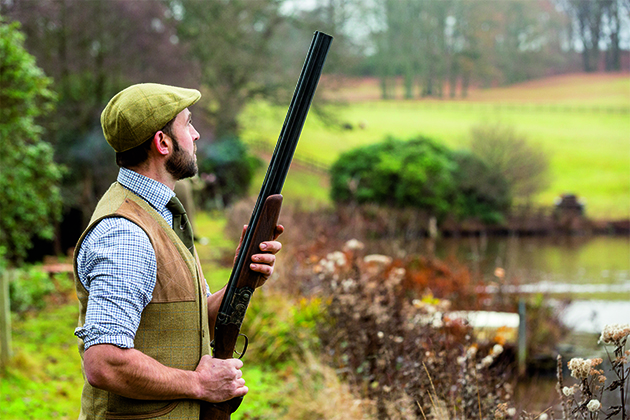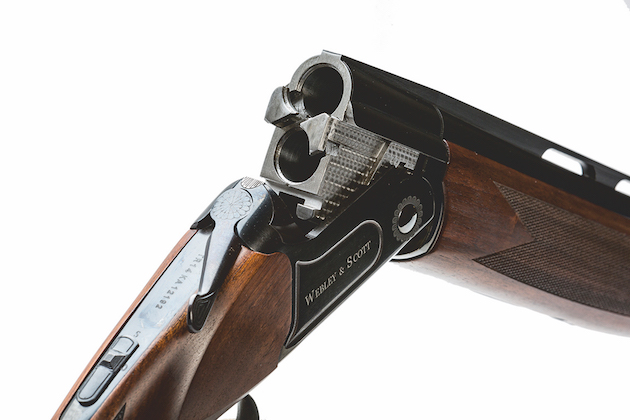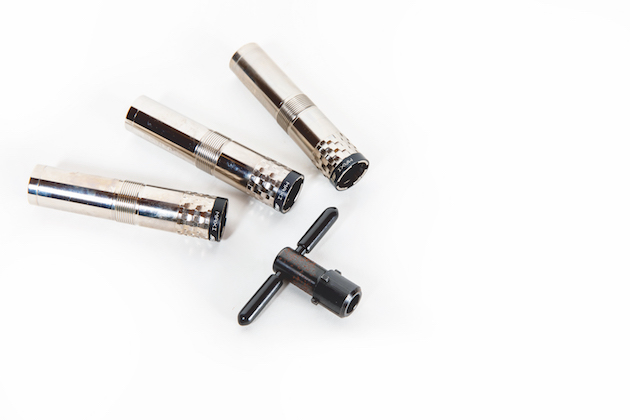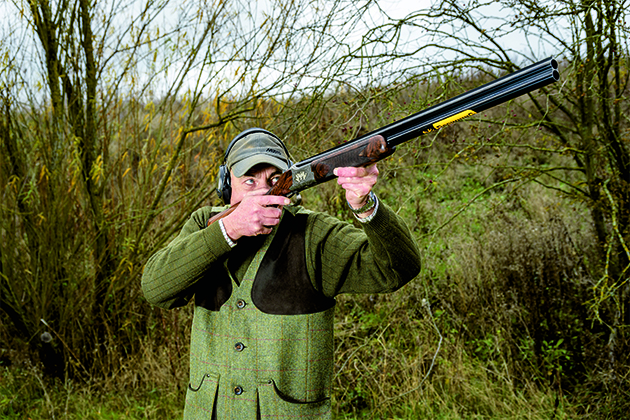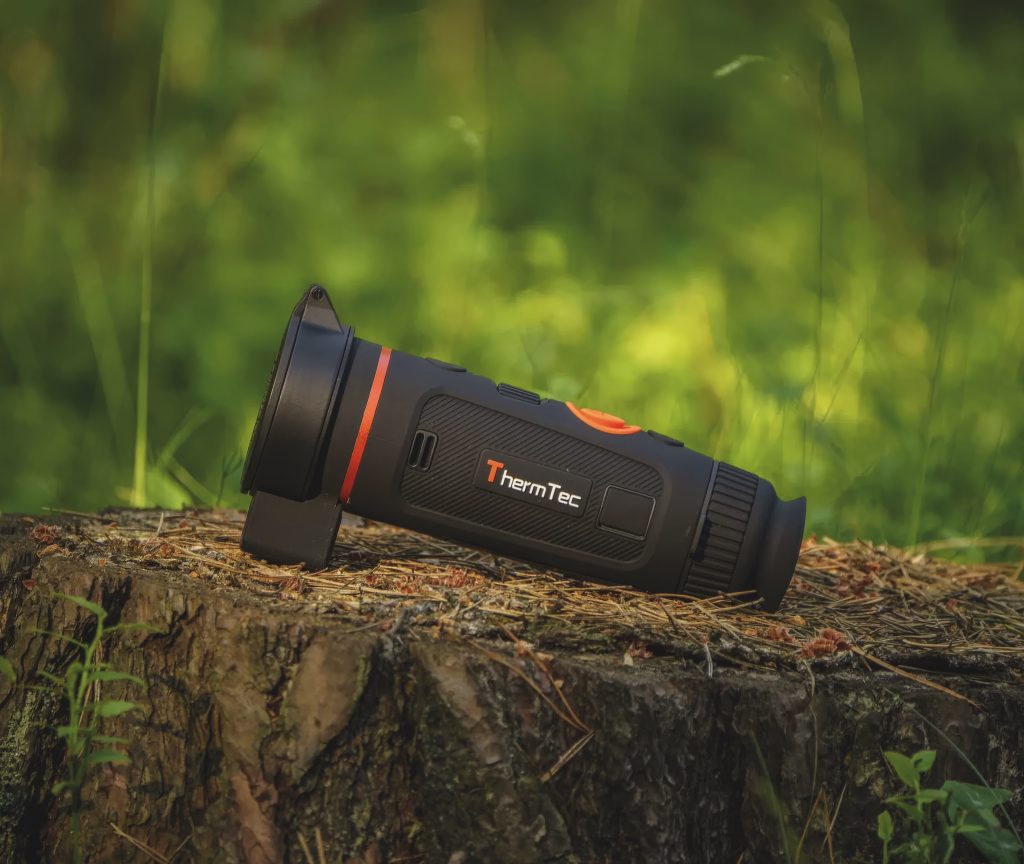Win CENS ProFlex DX5 earplugs worth £1,149 – enter here
What would be the best all-round shotgun for you?
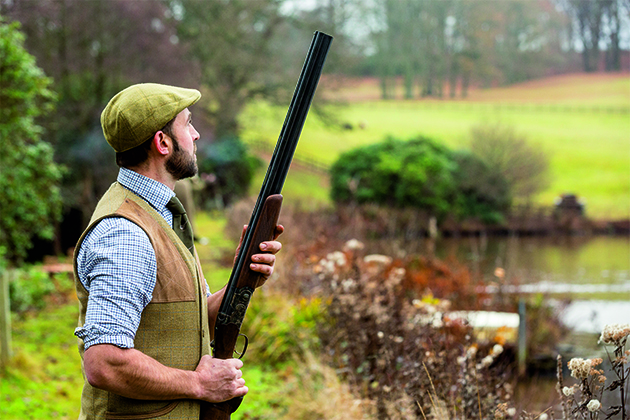 Usd SG sept 20 tony
Usd SG sept 20 tony
How to choose your best all-round shotgun
If you had to have one gun that would work for you in all your shooting, what would it be? This would not necessarily be your dream gun and some tough choices would have to be made.
We are talking here about someone who shoots clays regularly and has the occasional day pigeon shooting. They are also in a rough-shoot syndicate and get invited on two or three formal shoots a season. They attend charity shoots and love a simulated game day. However, we are not dealing with any disciplines that require specific equipment – Olympic trap, for example.
Impractical guns
Fixed-barrel shotguns, pump and semi-autos are out of contention as you can’t shoot them on formal driven days. That leaves us with side-by-sides and over-and-unders. A side-by-side is perfect for game shooting and there is nothing stopping you using it when shooting clays. However, I think an over-and-under can do the job better. You don’t see any of the top clay shooters using a side-by-side and we all aspire to be as good a shot as we can be. Side-by-sides will get hot when shooting a lot of clays, especially simulated game or corporate flushes; so will an over-and-under but you have a bigger fore-end to help prevent you burning your hand.
12-bore or 20-bore?
Now we have narrowed it down to an over-and-under, that’s the hard bit is over, right? Think again. What about the calibre? All calibres can do the job we are asking but I’m going to rule out .410 and 28-bore as more specialist. Then there is 16-bore. Although it is a perfect calibre, one scenario always comes to mind: you are out on your local shoot with your 16-bore, having a cracking day. The final drive is about to start and you have six cartridges left in your pocket. As you look around at the other Guns, you realise no one else is using a 16-bore, which is far less common than a 12- or 20-bore. Your heart sinks because if it had been a 12- or 20-bore you could have borrowed some cartridges.
So, this leaves us with choosing between 12-bore and 20-bore. This is a hard decision as I shoot both. When shooting competitive clays, I shoot a 12-bore as do most taking part. However, when I am shooting game I prefer a 20-bore; it’s not a competition but about taking the bird I choose effectively and cleanly.
For simulated game days I prefer a 20-bore. Perhaps I am not fit enough to swing a significantly heavier 12-bore around all day? If it was a high game shoot I would use a 12-bore but for a walked-up day a 20-bore is perfect. However, for the scenario we are looking at I’m going to say 12-bore would make the best all-round shotgun choice.
The fine details when choosing a shotgun
Right, we are narrowing our best all-round shotgun down to a 12-bore over-and-under. Now let’s look at some finer details:
• Barrel length – short barrels can allow the gun to stop and start quickly; long barrels require a little more effort to move but provide a smoother, more controllable swing. As we are looking for a gun that will be going out rough shooting, we can rule out a 32in barrel as that is too much gun to carry around all day. So, depending on height, it has to be either a 28in or 30in barrel.
• Choke – if I had to have only one gun, I think I would want it to be as versatile as possible and, as such, I would go for a multichoke gun. If you want a gun without multichoke, ensure that the chokes are suitable: ¼ and ½ are normal. Remember, you can utilise the barrel selector: for driven tighter then more open; for rough shooting open choke then tighter. This can be utilised on the clay ground, too. If you have multichokes you could have swish external ones for clays and discreet internal ones for game shooting.
Differences between sporters and field guns
This moves us onto the main differences between a 12-bore sporter and 12-bore field gun. All these differences will be down to personal preference and will not affect its use on the clay ground or in the field. Clay guns are usually plain, whereas a game gun is more likely to be elaborately engraved. A game gun is likely to be more slender in the fore-end and stock and, as a result, slightly lighter. A sporter, and possibly one with a centre bead, will have a wider and ventilated rib to help dissipate heat quickly. A game gun traditionally has a narrower rib with solid side ribs between the barrels. The safety catch on a game gun is more likely to be an auto-safety, coming on every time you open the gun. A manual one is more likely to be found on a clay gun (the safety catch will most likely be able to be altered easily by a gunsmith to your favoured configuration).
The main thing to take into account is that the gun that you choose should fit. The stock length, drop and cast should allow you to mount the gun to your cheek without you adjusting to it. This is how you will get the most out of your gun. The choice of manufacturer is, of course, yours but I would choose a well-known brand. These guns are well known because of their reliability, build quality, the fact that there is a ready supply of parts and, as a result, they’ll have potentially greater resale value.
My final tip for the best all-round shotgun?
So, for the average shooter shooting game and clays, I would choose a 28in or 30in over-and-under multichoke that fits well. It will be the gun that can do all that you want it to do.
Related Articles
Get the latest news delivered direct to your door
Subscribe to Shooting Times & Country
Discover the ultimate companion for field sports enthusiasts with Shooting Times & Country Magazine, the UK’s leading weekly publication that has been at the forefront of shooting culture since 1882. Subscribers gain access to expert tips, comprehensive gear reviews, seasonal advice and a vibrant community of like-minded shooters.
Save on shop price when you subscribe with weekly issues featuring in-depth articles on gundog training, exclusive member offers and access to the digital back issue library. A Shooting Times & Country subscription is more than a magazine, don’t just read about the countryside; immerse yourself in its most authoritative and engaging publication.






